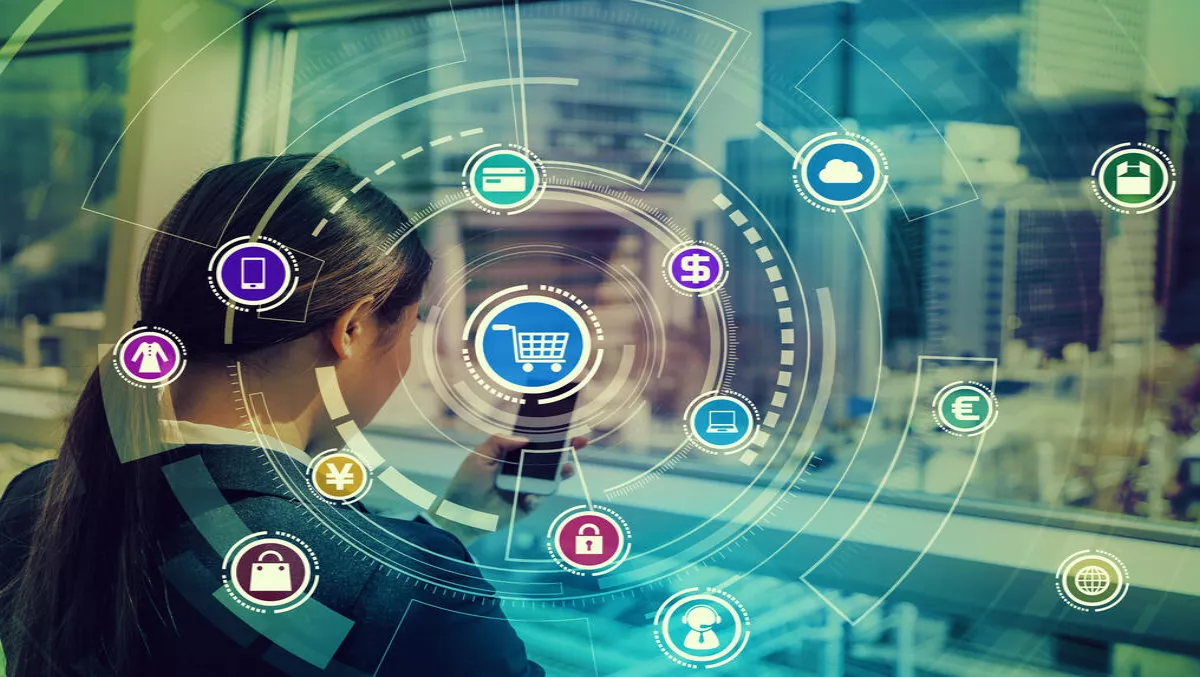
IoT: The evolution of brick and mortar retailers in the digital age
With the rapid uptake of online shopping, retailers are seeking new ways to bring the stress-free online shopping experience into physical stores, wherever possible.
Not only is there motivation to maintain foot traffic in-store, but these brick and mortar stores also want access to the same level of data and analytics available to online retailers, so as to improve the personalisation of shopping experiences and support business forecasting by predicting the way customers will behave.
Recent interest in the potential of the Internet of Things (IoT) is placing increasing pressure on retailers to ensure they are making the most of these technologies to stay ahead of competitors.
Indeed, the Internet of Things Alliance Australia (IoTAA) estimates that wide scale use of IoT will create more than $120bn of economic activity in Australia in the next decade.
However, as with all new and exciting technology, the challenge for retailers is to make sure they are not investing in the technology without adequately establishing the ROI and setting up the right systems and processes to ensure the devices deliver on business imperatives.
So how are retailers already using IoT?
Retailers are already embracing IoT with great success, both in logistics and back office functionality, but also on the customer-facing side of the business.
A grocery store may use IoT for predictive equipment maintenance, such as their refrigeration units which are fitted out with sensors that can monitor temperature change and ensure food safety.
IoT is also successfully used for demand-driven warehouse fulfillment, where stock lists and deliveries can directly correlate back to online or in-store shopping demand.
On the customer-facing side, we are already seeing the introduction of in-store tablets that enable customers to instantly check in-store pricing and stock levels, giving retailers the data to push out offers.
In some stores, foot traffic can be monitored by in-floor infrared sensors and other devices, letting retailers see how long a person dwells over a particular product, or whether the store layout is optimised or requires reconfiguration.
Other IoT areas that are gaining traction in the bricks and mortar world of retail are inventory tracking chips, cellular and mobile tracking systems, digital signage and kiosks.
Establish ROI first
With such a treasure trove of valuable information available to retailers through IoT, it is essential not to just jump straight in with a considerable investment for the sake of it, but first to consider your options carefully.
Firstly, you'll need to determine and forecast the ROI and ensure you are using the data collected responsibly to generate actionable insights which can have a real impact on business outcomes.
In addition, it's important to identify the appropriate steps around security and protection of customer data.
There has been much debate around the potential for cybercrime related to IoT devices and sensors, and while a lot of this is speculation it is not something to be overlooked.
The IOTAA has just released its Data Best Practice Guide for B2C Providers outlining seven principles about customer protection, accountability, data minimisation, customer empowerment, cyber protection, customer data transparency, and customer data control.
The guide, while not a legally binding document, provides substantial insights and guidelines to ensure IoT devices, service providers and consumers work together to mitigate privacy and security risks associated with IoT.
This is a useful starting point for retailers considering making the most of the emerging IoT technology, especially in such a fast-moving industry and technology-driven environment where the decision timeline is crunched, and retailers are feeling the pressure to implement changes at a faster rate than ever before.
It is vital for retailers to ensure they have considered all the variables at the outset, and to make sure they are implementing appropriate policies to manage their IoT innovations from the early planning stages.
As with all new innovations, business leaders need to ensure they're not investing in technology that doesn't add value.
The best way to determine and forecast this ROI is to focus on how IoT will give your business access new data which can enable you to transform customer experiences - and give your shoppers a reason to linger.

